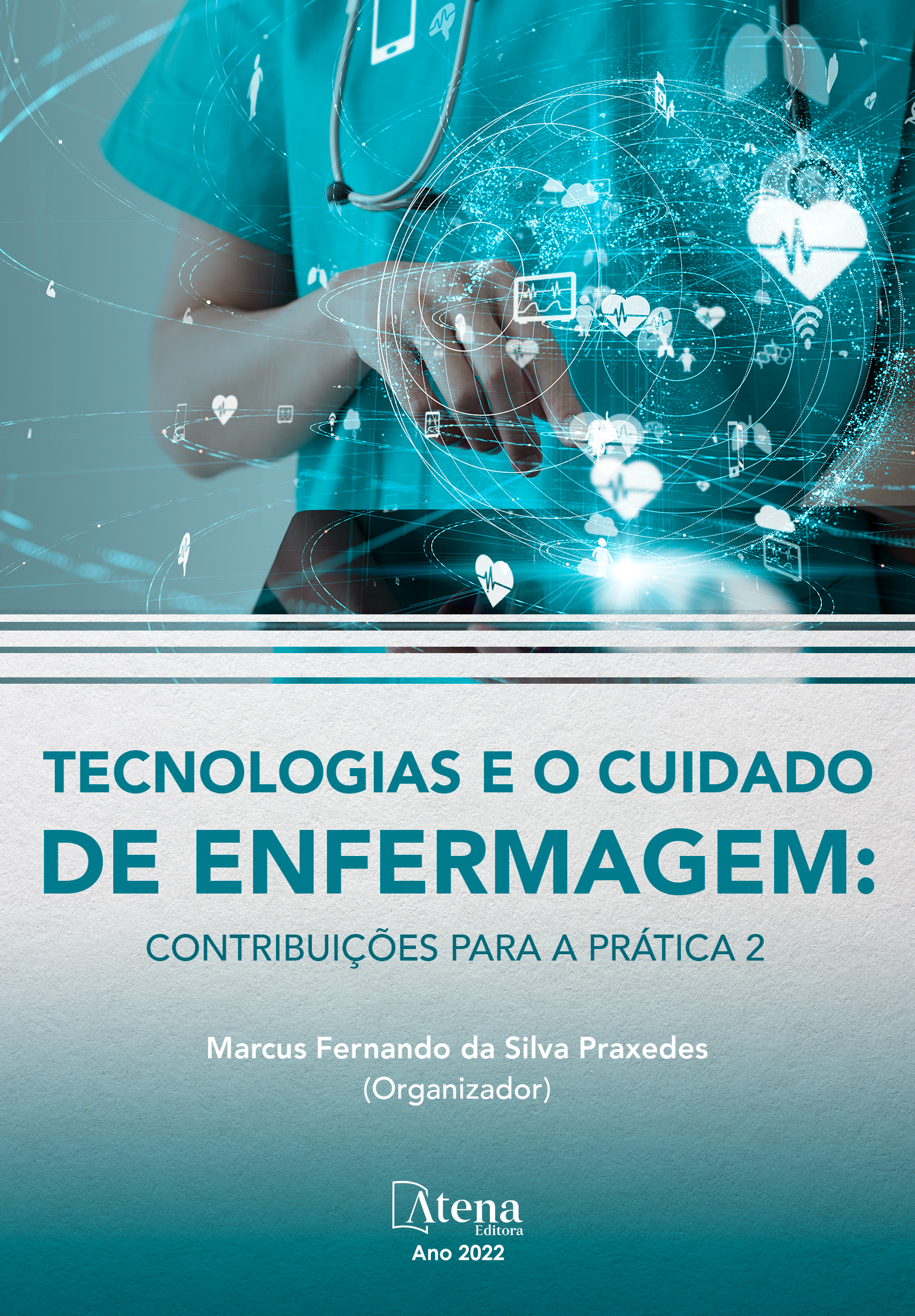
Evidências científicas acerca da técnica de injeção intramuscular
Objetivo: Identificar as evidências científicas acerca da técnica de injeção intramuscular para administração de medicamentos em adultos. Método: Revisão integrativa de literatura, utilizando artigos indexados na Biblioteca Virtual em Saúde nos arquivos da Literatura Latino-Americana e do Caribe em Ciências de Saúde (LILACS) e Medical Literature Analysis and Retrieval System Online (MEDLINE), entre 2010 e 2020. Resultado: Foram identificados 16 artigos, 14 em inglês e dois em português; nove oriundos de pesquisas realizadas na Turquia, três na Austrália, dois no Brasil, um nos Estados Unidos e um no Japão. Quanto ao nível de evidência, a maioria possui nível 6 e 2. Os resultados da revisão apresentam evidencias a respeito da seleção do local de punção e do comprimento da agulha, do manejo da dor durante a aplicação da IIM e necessidade de aspiração antes da infusão da droga. Conclusão: Os estudos mostram que a escolha do comprimento e calibre da agulha deve ser individualizada conforme a paciente e a droga prescrita; a técnica em Z, a técnica de bolha de ar air-lock e o método de rotação interna dos tornozelos são métodos efetivos para o controle da dor do paciente; a aspiração do êmbolo deve ser ponderada pelo enfermeiro, a cada substancia e local de aplicação.
Evidências científicas acerca da técnica de injeção intramuscular
-
DOI: 10.22533/at.ed.9402213066
-
Palavras-chave: Injeções intramusculares; Enfermagem; Segurança do paciente;
-
Keywords: Intramuscular injections; Nursery; Patient safety;
-
Abstract:
Objective: To identify the scientific evidence about the intramuscular injection technique for drug administration in adults. Method: Integrative literature review, using articles indexed in the Virtual Health Library in the archives of Latin American and Caribbean Health Sciences Literature (LILACS) and Medical Literature Analysis and Retrieval System Online (MEDLINE), between 2010 and 2020. Result: 16 articles were identified, 14 in English and two in Portuguese; nine from research carried out in Turkey, three in Australia, two in Brazil, one in the United States and one in Japan. Regarding the level of evidence, most have levels 6 and 2. The results of the review present evidence regarding the selection of the puncture site and needle length, pain management during the application of IIM and the need for aspiration before infusion of the drug. Conclusion: Studies show that the choice of needle length and gauge should be individualized according to the patient and the drug prescribed; the Z technique, the air-lock air bubble technique, and the ankle internal rotation method are effective methods for controlling the patient's pain; the aspiration of the plunger must be considered by the nurse, for each substance and application site.
-
Número de páginas: 15
- Júlia Peres Pinto
- Rita de Cássia Silva Vieira Janicas
- Cristina Rodrigues Padula Coiado
- Sandra Maria da Penha Conceição
- Tatiana Magnaboschi Villaça
- Jacilene Dos Santos Fasani
- Gabriela Dos Santos Fazano


